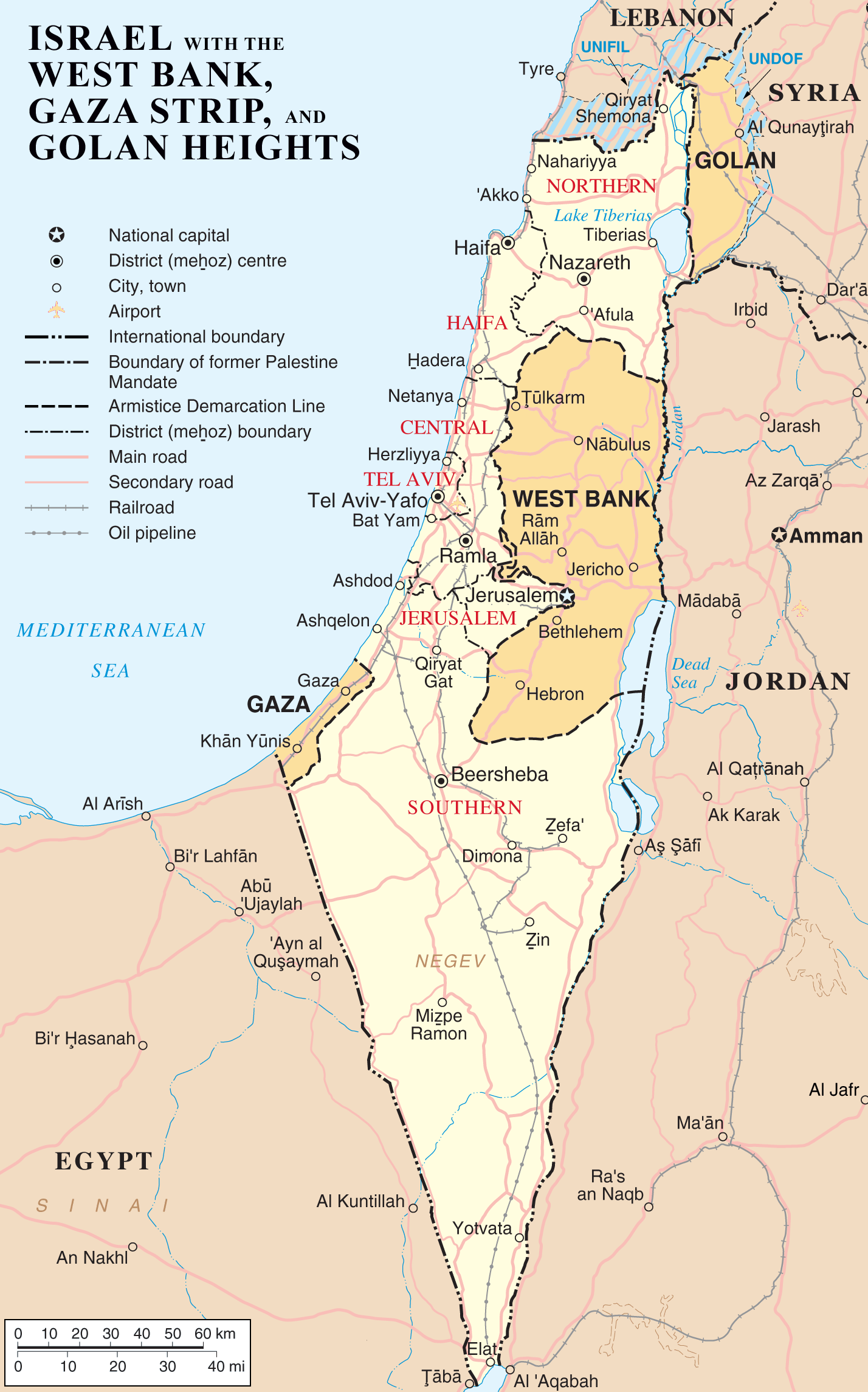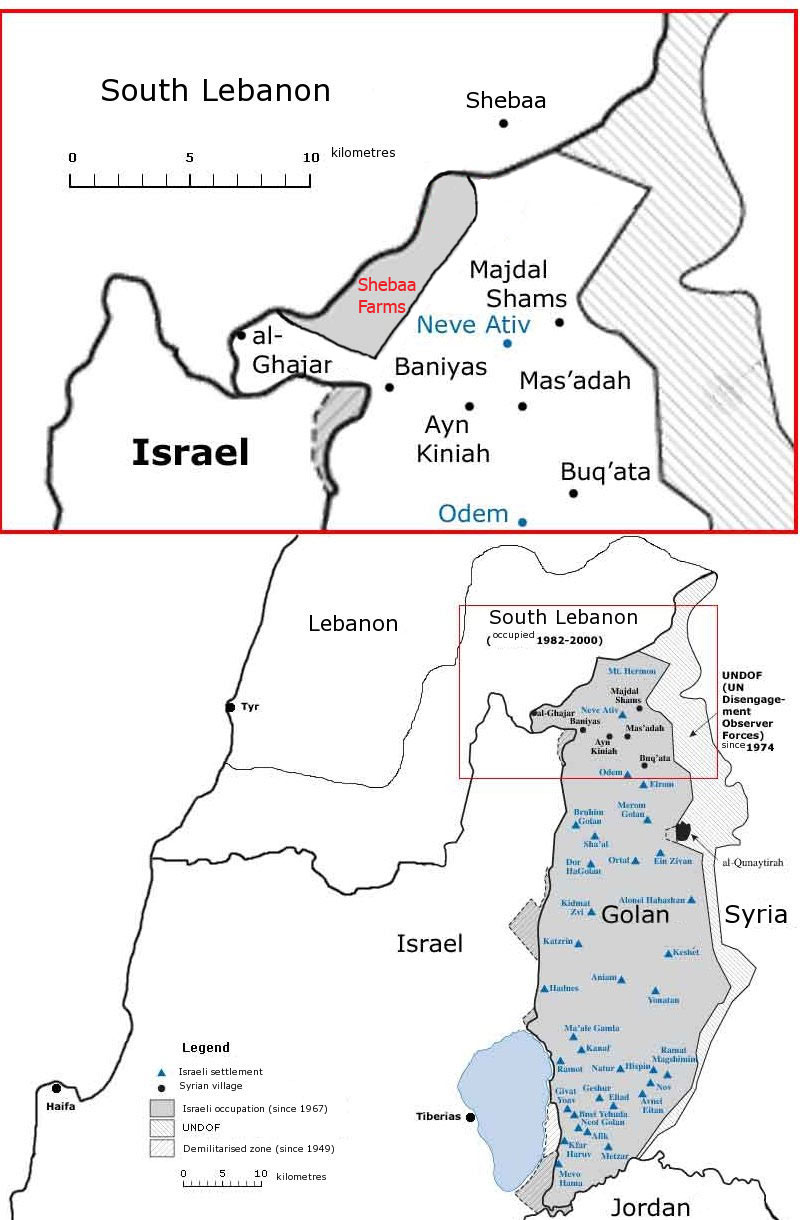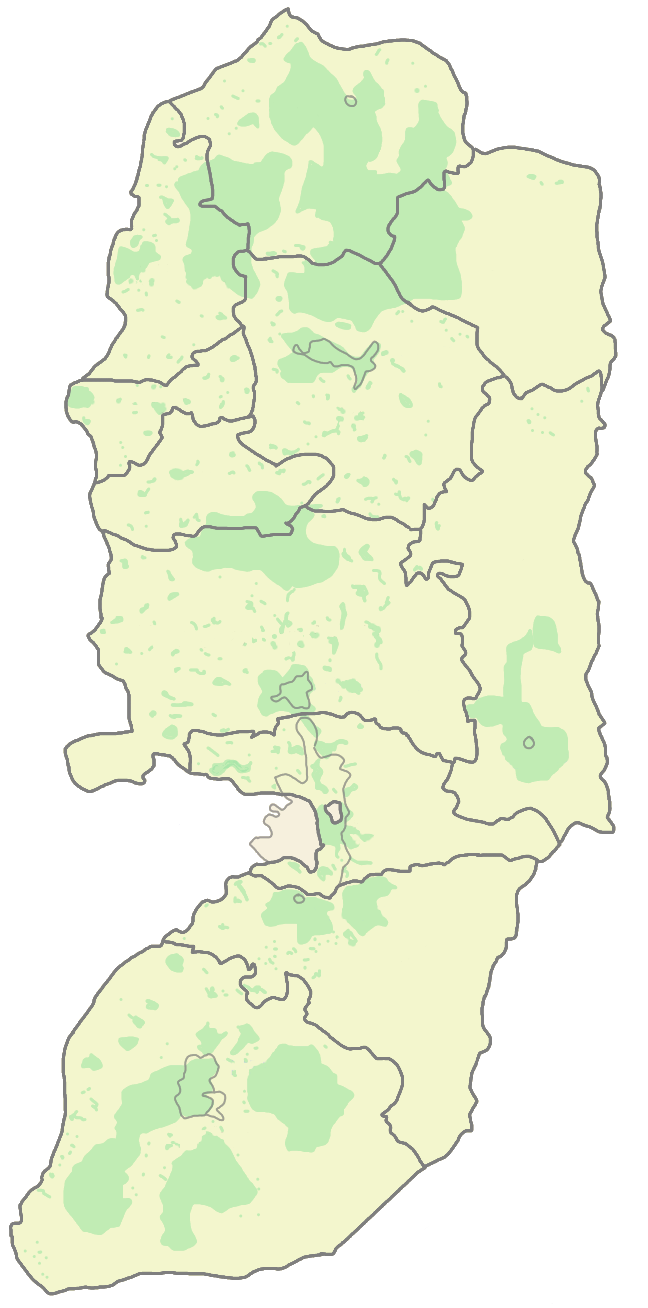The Palestinian Peace Treaty (hereafter to be referred to as The Treaty of Detroit or tD) would cover most every aspect
of Palestinian life. There must be as little ambiguity as possible, while fulfilling
Rule Number One – Palestinians come first.
The Palestinian Government
The US
has in the past been quite hands off with regard to other countries governments
(and constitutions). Both Iraq
and Afghanistan
were left to create a government on their own (with mixed results).
It makes sense that the new Palestinian government would be modeled after Canada. The Canadian Constitution would stand-in for a true Palestinian one (until that one was written). Also Canadian Law would be adopted along with all Canadian Supreme Court decisions. A Palestinian citizen would have the same rights and responsibilities as a Canadian citizen (but not be bound to a monarch . . .).
Canada would be responsible for setting up all branches of the Palestinian government and running the bureaucracy.
Prisoner Release
When war is over, all POWs need to be released. This
includes all Palestinian prisoners in Israeli prisons. There can be no
distinction over whether an individual has “blood on his hands” (all effective
soldiers do).
I propose that all signatories to tD must
release all Palestinians they are holding (and vice-versa i.e. any remains must also be returned). In the spirit of
sacrifice, this applies to the U.S.
and means that Sirhan Sirhan the Palestinian assassin of Robert Kennedy must
also be released.
Once released, these former prisoners shall have no rights
to voluntarily traverse the borders
of the country that released them. In other words, no Palestinian former
prisoners will be allowed in Israel
for any reason. They will be subject to arrest and incarceration.
NOTE: This last clause excludes kidnapping someone and
bringing them across a border (i.e. like “The Great Train Robber” Ronnie Biggs
24-March-1981). In that case, the person must be immediately released.
Self Defense
The Palestinians would not be allowed to have an Army or an
Air Force. They would not be allowed any heavy weaponry – such as MANPADS,
artillery, mines, tanks, etc. The UN is charged with protecting Palestine so the
Palestinians will not need these things.
They would have a National Guard using
the Costa Rica
model – for border guarding and such. These troops would be allowed to have
machine guns (probably AK-47s) – but NO ONE ELSE (except SWAT police units).
NOTE: Secret Service personnel – those whose job it is to protect diplomats and
high-ranking government officials would have “different” rules.
Police would be the only non-military people allowed to
carry sidearms (pistols). If they find themselves in a situation where they are
outgunned, they call for backup and the (fully equipped) SWAT team will be
dispatched.
The Right to Bear Arms
The Canadian Constitution allows anyone the right to bear arms,
so every Palestinian would be able to bear arms. Today the region is awash in
high-powered rifles and pistols – and they would be banned. But the average
Palestinian citizen needs protection, so what to do?
All citizens would have the right to own a 20-guage shotgun.
They would be allowed to carry these guns at any time and any place – as long
as they are not concealed (thus rules against “sawed off” shotguns will be in
force).
The advantage here is that a 20-guage shotgun is a fine home
defense weapon. It can be used for hunting as well. It can be operated by
everyone (women and older children can handle it).
There would be no restriction on ammo, but it would not be
allowed to hold more than 8 shells. Most 20-guage shotguns today fit this
requirement.
Self Determination
In order to instill pride and reassure the populace, there
needs to be some sort of armed forces. Where can Palestinians become heros?
You will notice that there is a “loophole” in the
requirements for Self Defense – it doesn’t specifically mention a Navy. So
could the Palestinians be allowed to have a Navy?
I don’t see why not. It would not pose a significant threat
to Israel,
but it would give the Palestinians the option of military service.
A Palestinian Navy would not be an all-weather, all-ocean
capable Navy – it would be more like a Coast Guard. And that is where you get
your heros! Coast guard search and rescue would be a point of great pride for
the Palestinian people. Any time you rescue people in distress, you create
heros. This is a capability that Palestine
must have.
The Nuclear Free Zone
The undeclared but obvious Israeli nuclear capability has
provoked/inspired other Arab countries to try and achieve the same capability. Libya had a
nuclear program and gave it up. Syria
had an experimental nuclear reactor that was attacked and destroyed by Israel. Iraq had the nuclear plant that Israel bombed.
And now, Iran
is attempting to join the nuclear club.
Nuclear proliferation is a problem that needs to be
addressed eventually, so why not write it into The Treaty of Detroit?
I propose that all (mid-east) signatories to tD agree to banish all nuclear weapons. In return, they will be given help
developing a peaceful nuclear capability (as the existing non-proliferation treaty
allows).
At first glance, this looks like it penalizes Israel more
than the other countries as they already have nuclear weapons. There needs to
be some kind of reassurance that Israel will not be unfairly
weakened. This will be addressed by the UN.
In order to address the defensive needs of the Israeli people, Israel will become a member of NATO. This is where Europe steps up and makes their sacrifice for peace. Once Israel is a member of NATO, there will be no doubt as to what happens to someone that is stupid enough to attack them.
This should remove all reasons for Israel
to have nuclear weapons.
Oh yeah, Egypt must give up the 2 nukes that the USSR
delivered to them in the waning days of the 1973 Yom Kippur War. I mean everyone
must give up their nukes.
Anti Defamation
The Nazi regime in the 1920s and 30s used propaganda (quite
effectively) to paint Jews in very unfavorable terms. This (eventually) led to
the Holocaust where the German people were cowed into believing the big lie –
and looking the other way while Jews were murdered. The Nazis showed the world
how to brainwash entire countries – and that lesson should not be forgotten (nor
allowed to happen again).
But this situation exists today in many Middle Eastern
countries – including the Palestinian territories. Everywhere you look –
schools, television, radio – antisemitism is rampant. There is even children’s
TV programming where cartoon characters are depicted as getting killed by
Israelis. This must stop and never be seen again.
My Mother taught me that if you can’t say anything good
about someone, then don’t say anything at all. This is the basis for this
education clause. If you want peace, and signify same by signing tD,
then you agree on that principle – you must stop spreading hate.
This will be enforced by the United Nations (UNESCO). All
countries will submit educational materials to be approved by this agency. There
will also be spot monitoring of teaching institutions and radio/TV
broadcasting. Canada will be
responsible for enforcement in Palestine.
Enforcement of The Treaty of Detroit
What happens if some signatory secretly develops nuclear weapons? What
is the price to be paid for breaking the treaty? Will this treaty become the
“scrap of paper” that Neville Chamberlain waved to his fellow countrymen?
Since this is a peace treaty that is guaranteed by the
United Nations, breaking the treaty is AN ACT OF WAR! All signatories are REQUIRED to defend the treaty – up to
and including sending troops and attacking the treaty breaker – as determined
by the UN Security Council and the signatories.
There is simply no room for this treaty to be ambiguous and
weak – there is too much at stake for the entire world. Once you sign it,
that’s it – no more undermining the letter or spirit of the peace.





